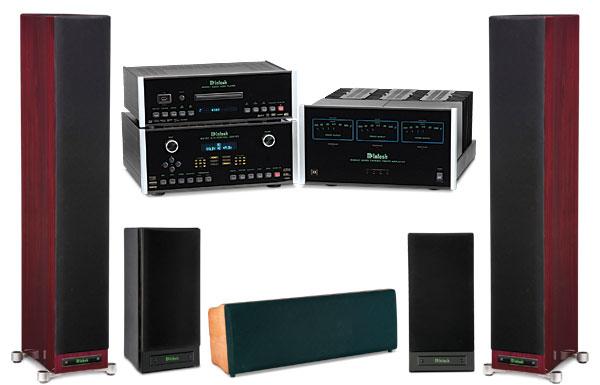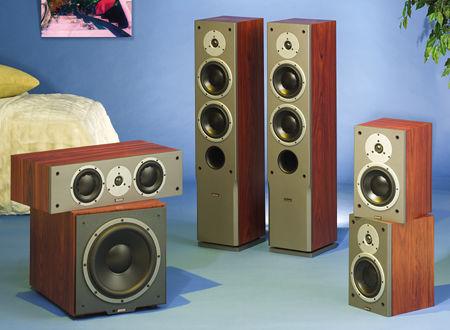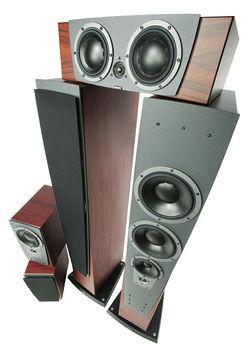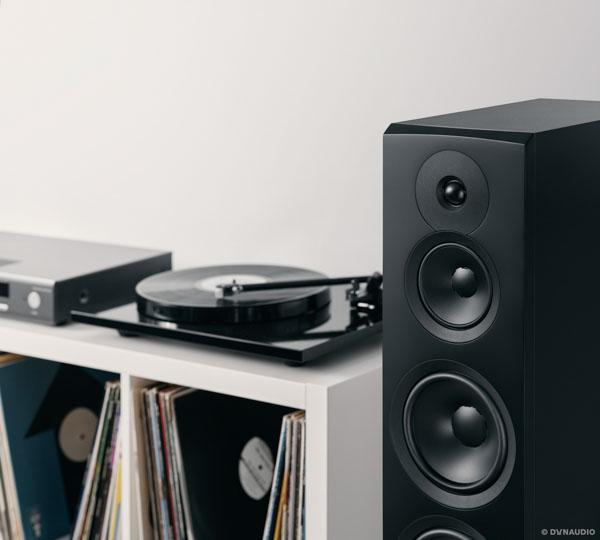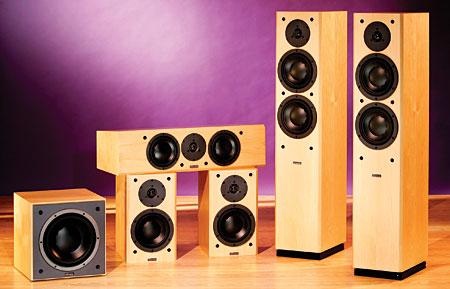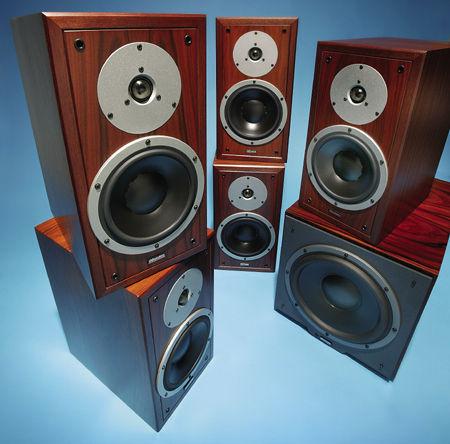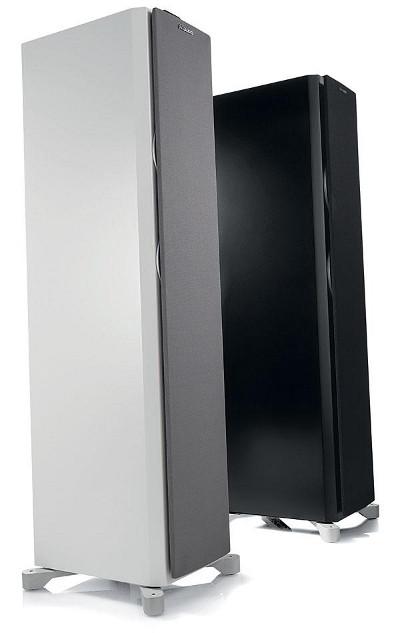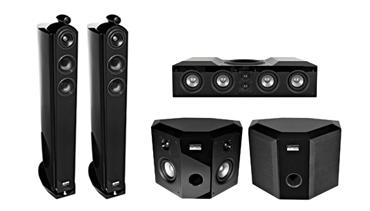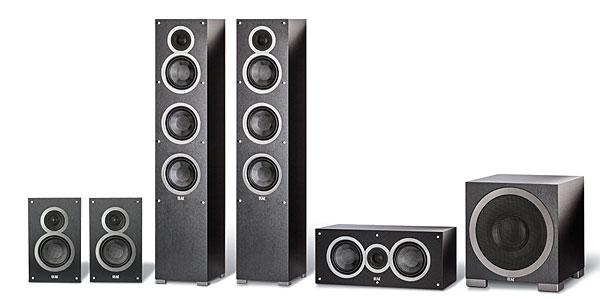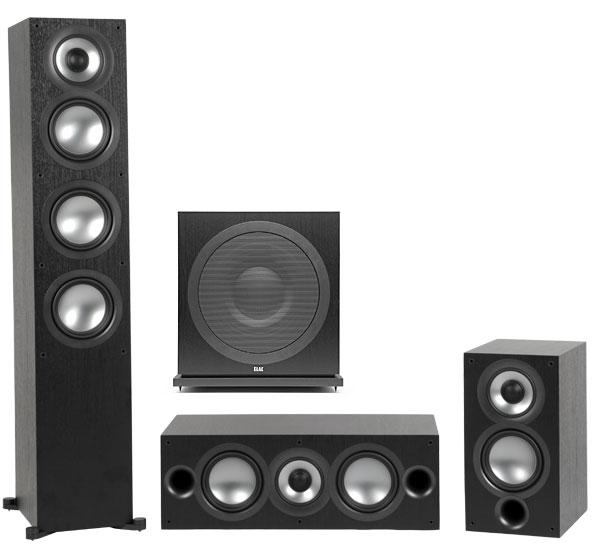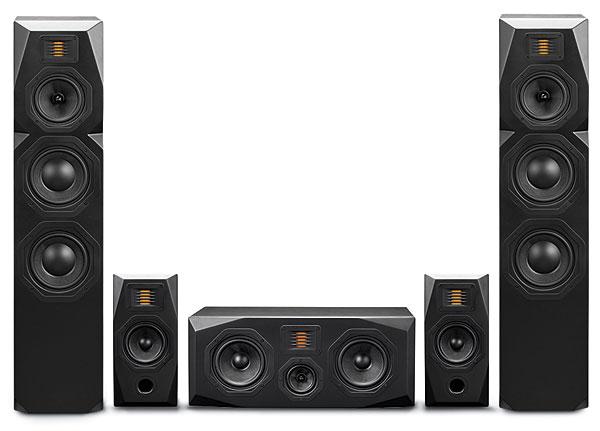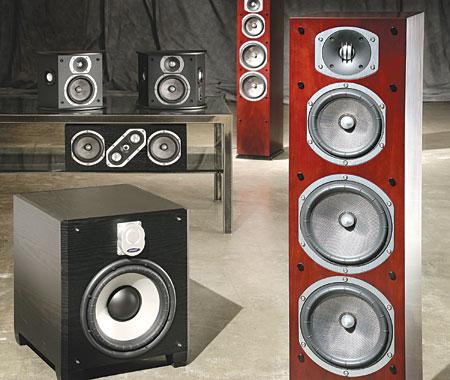Tower Speaker Reviews
Sort By: Post DateTitle Publish Date
|
May 01, 2005 |
First Published: May 17, 2005
|
Apr 18, 2004
|
Oct 17, 2004
|
Jun 18, 2015
|
May 07, 2010
|
Sep 09, 2002
|
Dec 23, 2015
|
Feb 03, 2021
|
Dec 20, 2016
|
Jun 11, 2007 |
First Published: May 11, 2007
